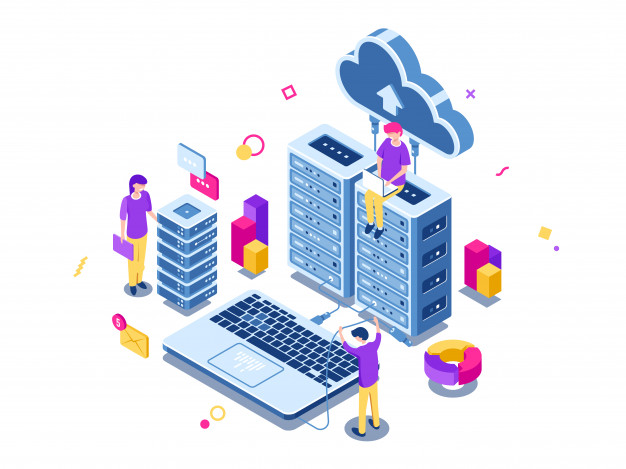An increasing number of companies are abandoning their ineffective, legacy-heavy, on-premise technology in favor of feature-rich, easy-to-scale, and affordable cloud-based solutions. Moving to the cloud is not just a more economical way to operate a business nowadays – it is also an extremely forward-looking decision that allows companies to drive innovation and ensure the continuity and smoothness of essential business processes.
What is cloud migration?
Cloud migration is transferring the company’s locally stored digital information, such as databases, applications, and servers, to a cloud platform. Alternatively, cloud migrations might refer to the process of switching from one cloud platform to another.
During the moving process, the existing workloads of the company are evaluated, organized, and relocated to the chosen cloud environment. Once the transfer is complete, the new cloud tenant can access, optimize, and manage their company’s digital assets as they see fit or have their resources managed by a specialized cloud migrations service provider like Dedicatted.
When to move to the cloud?
As the business grows and its infrastructure gets more complicated, keeping it all on-premise is becoming a costly and more technically challenging affair. That is why SME owners need to keep an eye out for the following signals that will let them know the time has come to make the switch:
- The existing IT hardware is nearing its limits.
Companies whose current technology is slow, ineffective, and overall past its prime often make the mistake of having it replaced right away without even considering their other options, completely unaware of how many benefits they can derive by investing in cloud migrations, which are a more cost-effective, agile, and future-proof alternative.
- The existing technology is pulling the business back.
The bigger the company, the more problems it has to fix daily. From the lack of storage space on the company’s on-premises servers to the inability to recover the data lost due to a sudden power outage, there is always something that can go wrong, disrupting business operations. By keeping all digital assets in the cloud, companies can get access to technology that will always match the complexity and scale of their business demands.
- The business is spending too much on its existing technology.
Maintaining on-premise IT infrastructure functional is expensive, unlike working in the cloud. With all the upkeep IT infrastructure costs covered by the cloud service provider, the user will only pay for what they consume and thus free up extra resources to invest in other crucial business areas.








